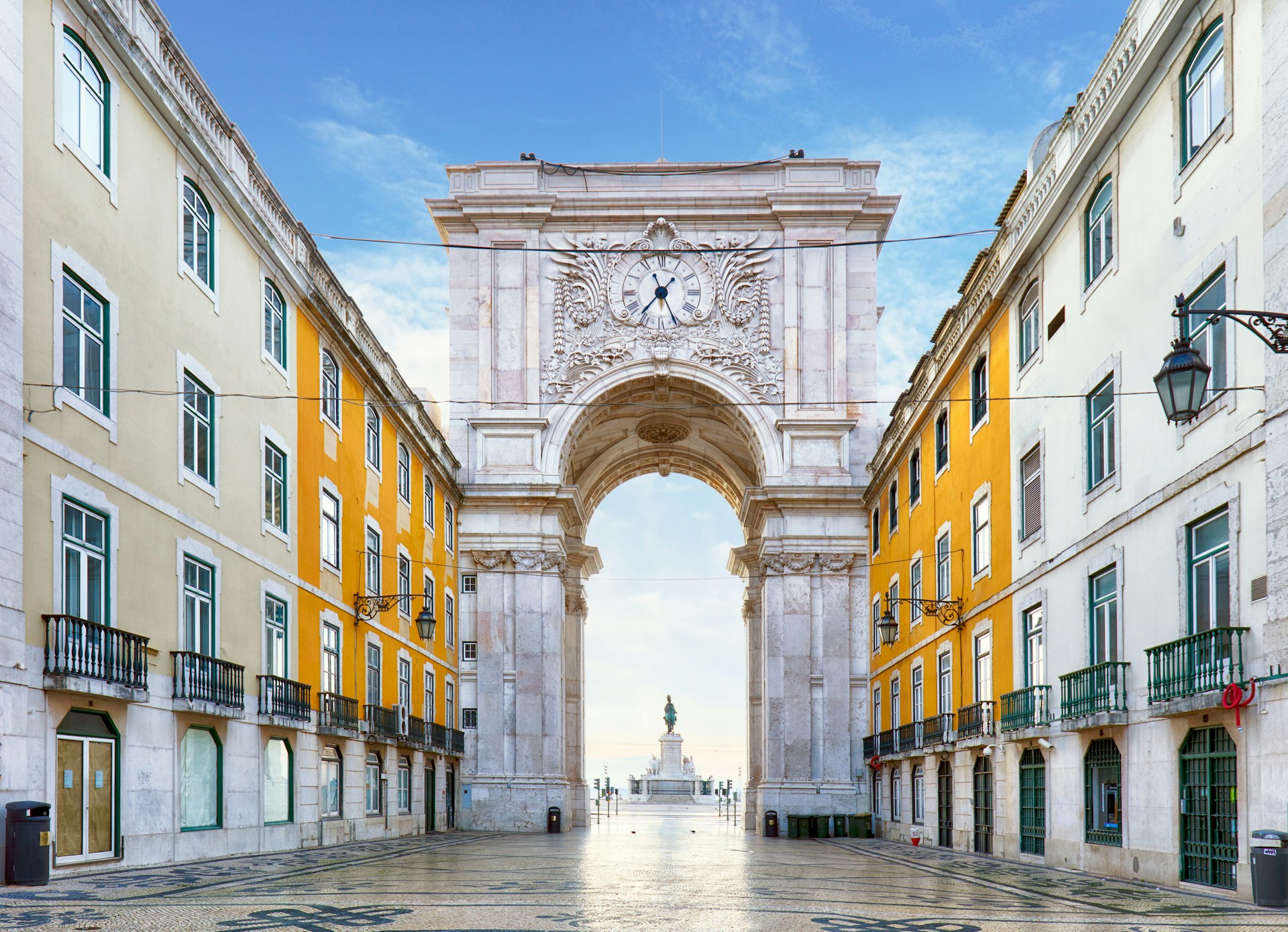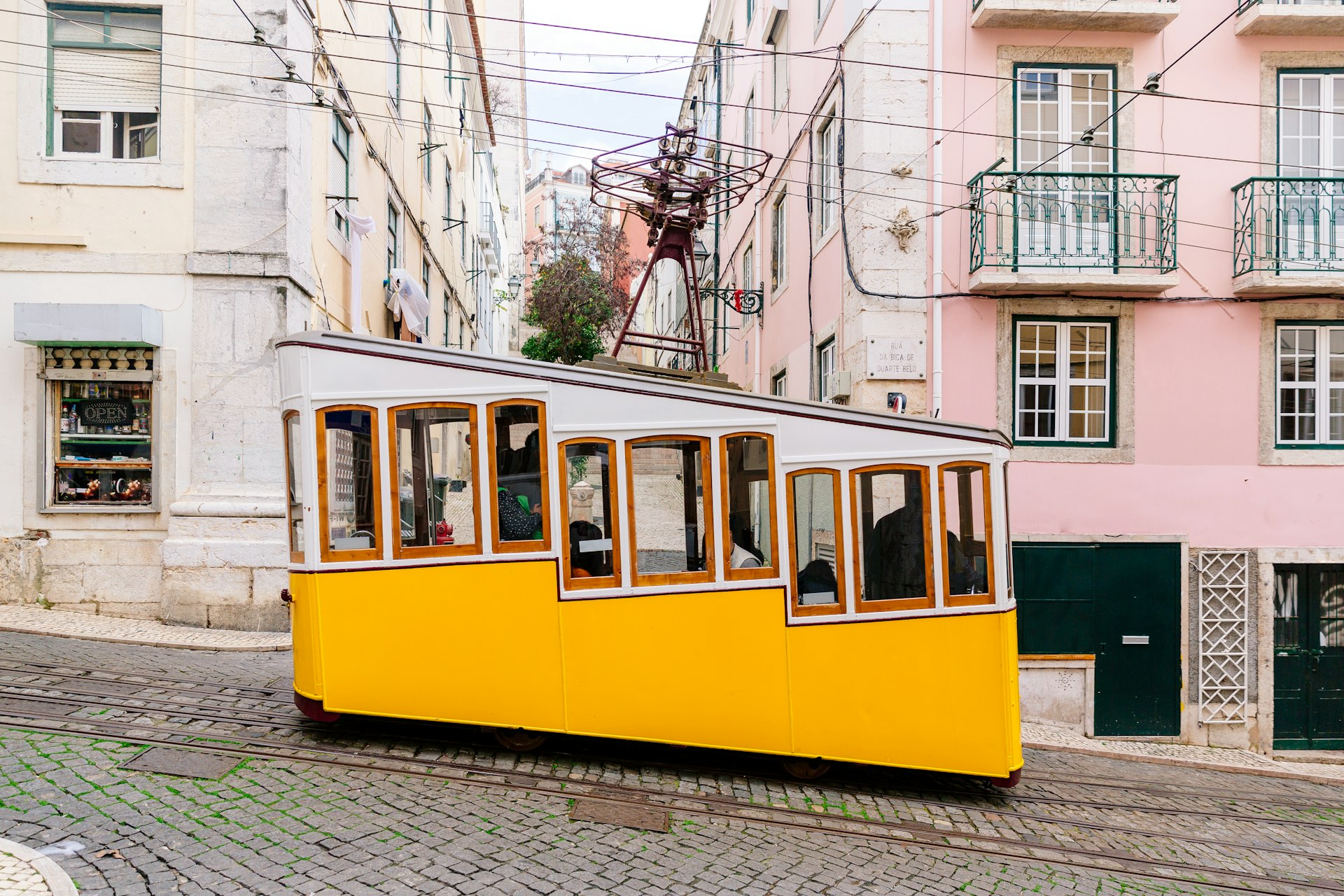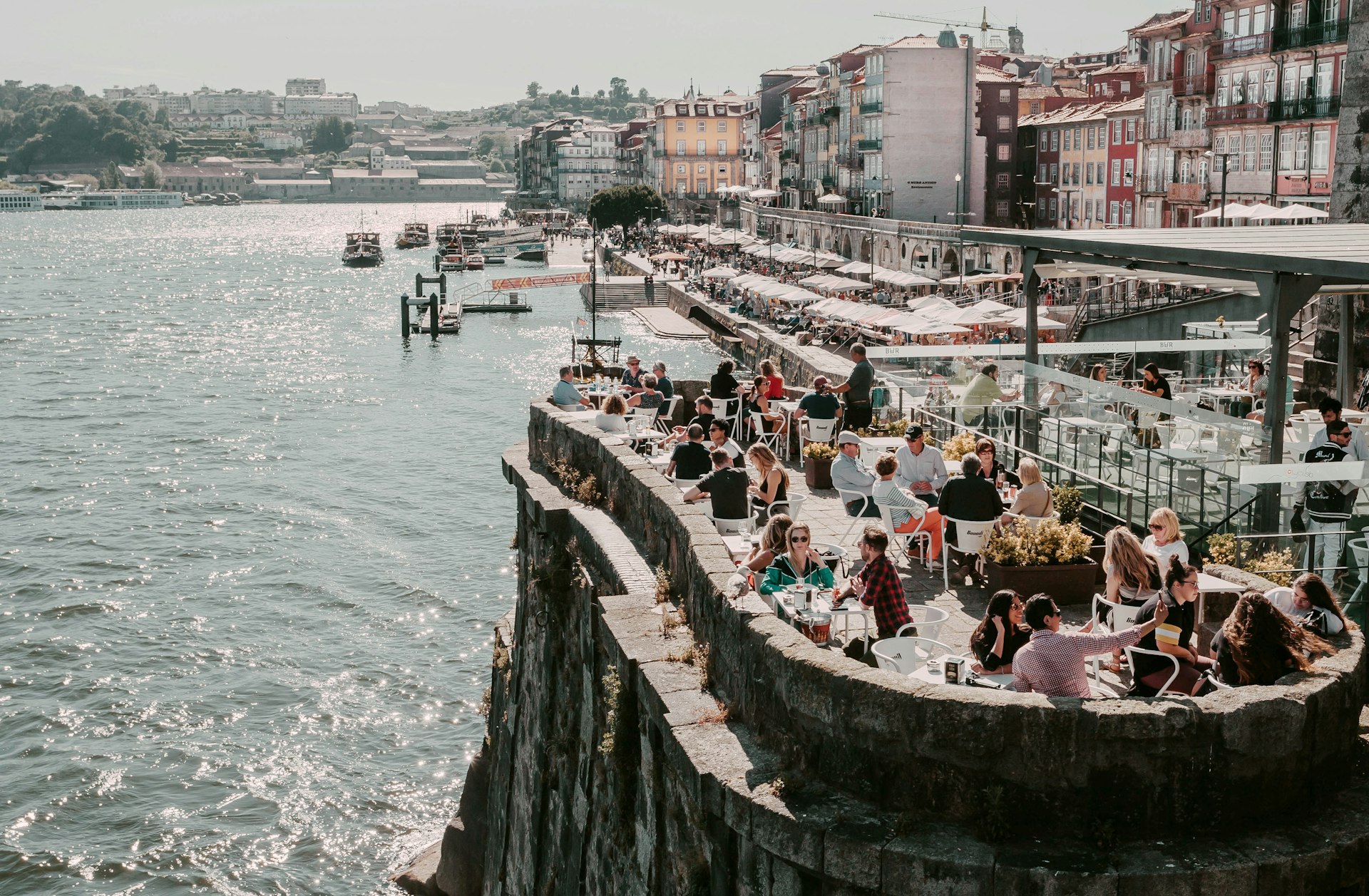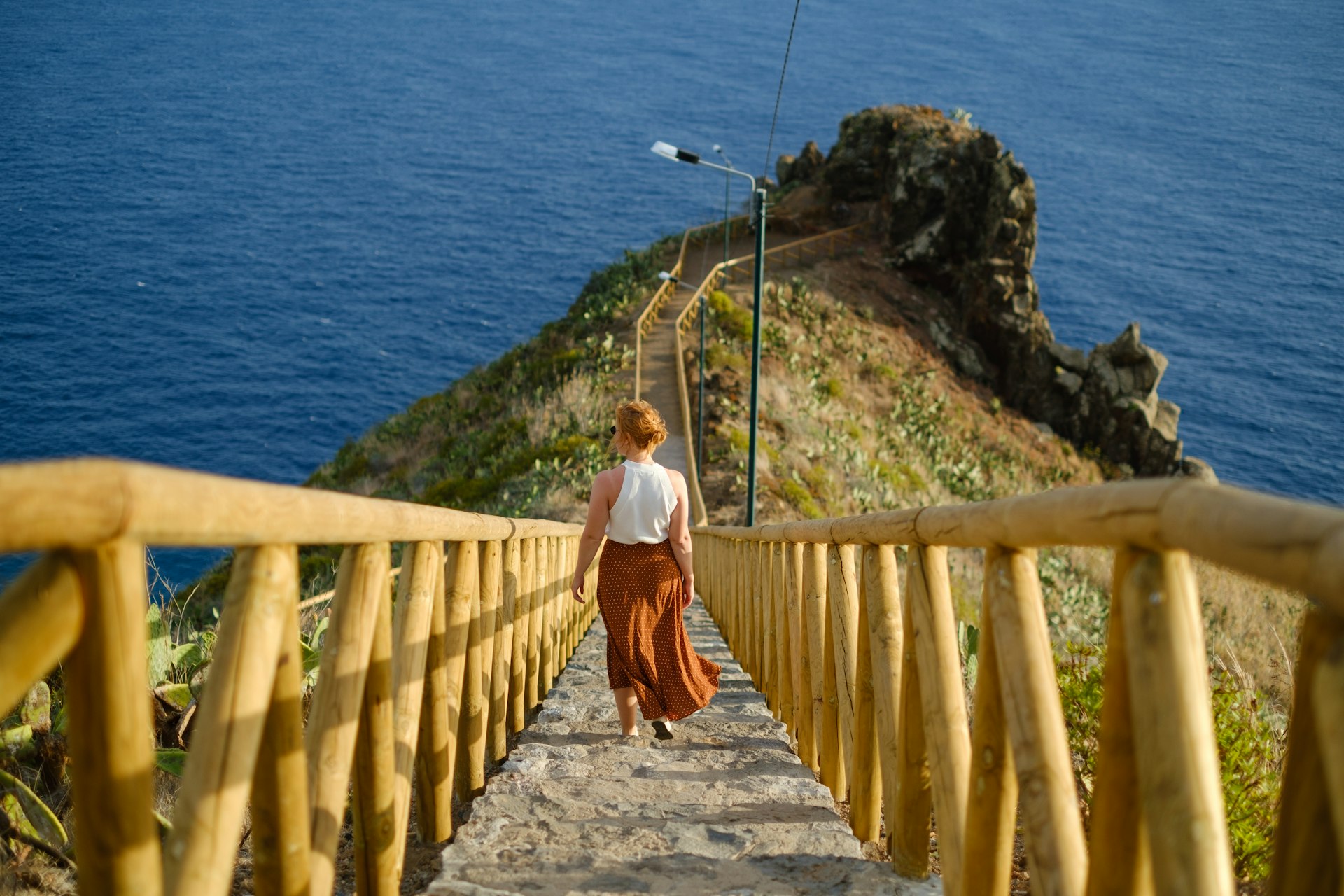Many years ago, as a young backpacker, I made plenty of mistakes when traveling around Portugal – from trying to see everything on one trip to indulging in free appetizers that weren’t really free.
Since becoming both an honorary Lisboeta (Lisbon resident) and Tripeiro (Porto dweller), I have learned some essentials about the country. From the best methods for getting around to wardrobe essentials. Here are the key tips to help you make the most out of your trip to Portugal.
Don’t try to see it all in one trip
Portugal is a small country – roughly the size of the state of Indiana in North America and slightly larger than Scotland. But there’s a lot to see here, from hilltop villages in the Alentejo to remote UNESCO World Heritage sites, not to mention over 100 beaches in the Algarve. A rookie mistake is trying to see all of Portugal during one visit. Even if you have a few weeks to spare, you won’t be able to visit everything in this diverse country. Instead, pick one or two regions and focus your trip there, allowing yourself time to see both highlights as well as local markets, vineyards and other less-visited attractions.

Decide where to go
The mountains, the seaside, cobblestone-lined city streets? Portugal has plenty of options when it comes to travel. With a week at your disposal, you can combine a bit of urban adventure with scenic getaways nearby. If you have Lisbon in mind, you can spend several days there, along with day trips to Cascais, Sintra and the beach-dotted Setúbal Peninsula, or spend a couple of days in Évora or on the lovely Alentejo coastline.
A great northern itinerary combines Porto with some vineyard visits along the picturesque Douro River. Beach lovers might skip city life altogether and spend their time in the Algarve, checking out cliff-backed beaches, hidden coves and quiet fishing villages. If you have something more active in mind, plan a hiking outing in the mountains of the Serra da Estrela, which you can pair with time spent exploring craggy villages like Manteigas and Linhares, as well as the university town of Coimbra.
Book your accommodation well in advance
Portugal’s growing popularity means some of the best places to stay get booked up months in advance. This is especially true if you’re traveling in the peak months of June through August. Once you have your itinerary organized, reserve your lodging. If you’re traveling off-season (November through March), you’ll have much more flexibility – so you can book your first few nights and plan your other nights on the go.
Lower your carbon footprint by traveling on trains and buses
You can go green by ditching the car and getting around by public transportation. Portugal has a decent train network that connects major cities like Lisbon, Porto, Coimbra and Faro. Buses help fill in the gaps to smaller towns across the country. Service has expanded in recent years, particularly in the south, where the new Vamus Algarve covers just about every part of the Algarve, from tiny beach villages on the central coast to the soaring sea cliffs near Sagres. Skipping the car rental also means you won’t have to hassle with parking, toll roads and heavy traffic, among other things.

Don’t bother taking a taxi from the airport
Speaking of trains and buses, as soon as you arrive, you can save money and cut down on CO2 emissions by hopping on public transport from the airport. Portugal’s three international airports all have good options for whisking you into town. The Lisbon metro’s linha vermelha (red line) can get you into the center, as can the speedy Aerobus, while Porto’s metro (violet line E) runs from the airport to the heart of town. From Faro airport in the south, you can take the Vamus Algarve Aerobus, which shuttles into Faro and also to the key towns of Albufeira, Lagoa, Portimão and Lagos.
Remember the cardinal rule of dining in Portugal: nothing is free
Servers often bring bread, butter, olives and even cheese or other appetizers to diners before their meal. Keep in mind that these unordered items will always be added to your bill if you choose to partake. If you don’t want them, just send them away – a polite “no thank you” (não obrigado/a) will do the job. Prices for couvert range from €2 per person and upwards.
Bring a few smart-casual outfits
Shorts are fine on the beach, but if you wear them around the city, you’ll quickly brand yourself as a tourist. At nicer restaurants, bars and nightclubs, you’ll want to follow the local lead and dress things up a bit.

Become an expert on tipping etiquette
At restaurants in Portugal, many locals don’t tip at all or simply round up when paying for a meal. In more tourist-oriented establishments, a tip is more common – usually around 10% – and may even be added as a service charge. Tipping is not expected in cafes or bars. However, if you’re in a fancy high-end place, you should plan on tipping (along the lines of €1 for a specialty cocktail). Rounding up the fare is also common practice when taking a taxi or rideshare.
Bring your own bag to the market
Portugal has huge markets where you can see stalls of fresh fruits and vegetables as well as charcuterie, cheeses, olives, bakery items and other fare. Amid such culinary largesse, you can assemble a first-rate picnic, just be sure to bring your own bag to the market. You might want to throw in a corkscrew so you’re always prepared to pop open a bottle of vinho verde, an Alentejo red and other good-value Portuguese wines.

Pack sturdy shoes
Even if you limit your travels to the city, you’ll want to have good shoes. You’ll find steep streets, loose cobblestones and uneven sidewalks in Lisbon, Porto, Coimbra and many other towns. Save the heels and dress shoes for nicer restaurants and nightclubs. Good shoes will also come in handy when you want to take a walk beyond the town. Across the country, Portugal has some magnificent hikes, like the stunning clifftop trail of Percurso dos Sete Vales Suspensos – not difficult to do, but you need proper footwear.
Dress modestly when visiting churches
Save the shorts, short skirts and tank tops for the beach – keep things covered up when visiting the cathedrals (Sés) and monasteries of Portugal.
And don’t forget to throw in the swimsuit
No matter where you roam in Portugal, you’re never far from the beach or a sparkling inland lake or river. Porto and Lisbon both have lovely beaches within easy reach of the city center, while remote corners of Portugal – like Peneda-Gerês National Park have waterfalls and natural pools. It would be a mistake not to bring your swimsuit, even if you think you won’t need it.
Learn some Portuguese and use it
Outside of Lisbon, Porto and the Algarve, you might encounter people with limited English. For smooth sailing, it helps to learn some Portuguese. If nothing else, locals appreciate the effort to speak their language, however rudimentary your accent. When entering a room, it’s polite to say “bom dia” (good day) or “boa tarde” (good afternoon) to those around you.
Be mindful of petty crime
Portugal is generally a safe country to visit with a low overall crime rate – violent crime is extremely rare. Pickpocketing and bag-snatching are the main concerns to keep in mind, especially when traveling on the trams and metro in Lisbon or Porto. Avoid moving around during the crowded peak times, and don’t zone out on your phone. At night, be cautious walking around empty streets wherever you are: you’re better off taking a taxi.
Car break-ins can also happen, and rental vehicles are sometimes targeted. Don’t leave anything of value in your car, and it’s best not to leave luggage or other items in the trunk/boot of your vehicle (yet another good reason to embrace public transportation).

